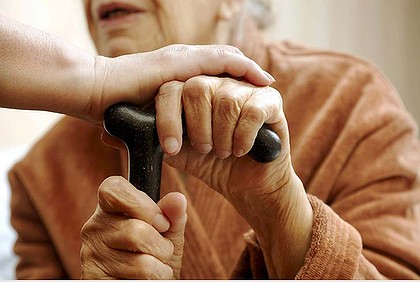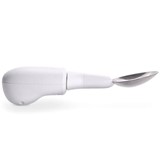These five essentials can help carers work within their limitations, without compromising the service provided to their clients.
Minimise carer injury risk with client education
If clients can stand but can't handle proper weight bearing, carers may consider techniques for minimising injuries to their backs, necks or shoulders while assisting.
An Australian Bureau of Statistics survey found 38 per cent of carers reported providing mobility assistance, such as lifting, transferring or carrying clients, presented difficulties. Techniques such as teaching clients to use rails when getting out of bed, slings and commodes (or if space permits trolleys) as mobile devices, and using ergonomic measures can vastly decrease carer injuries.
Hygiene and infection control with safe manual handling
Carers may consider wearing gloves for infection control when handling clients who have cuts or abrasions. Eyewear may be useful for potential exposure to bodily fluids, and carers may consider the World Health Organisation's (WHO) guidelines for hand hygiene.
Training in safe manual handling and awareness of occupational health and safety procedures can also reduce risks for both carers and clients.
Consider your client's physical environment
Research has shown interaction between carers and clients can be improved by environmental changes. Providing an environment that is well lit, has optimal room temperature and is quiet with limited distractions can assist carers to dress clients with more ease.
Find an effective process that assists clients. Consider dressing clients at the same time every day. Familiar and consistent surroundings can also play an important role.
Assess and understand clients' unique situations
Respecting privacy and patient dignity can make clients feel more comfortable. Effective communication identifying language and cultural barriers can reduce task comprehension. Some clients may be modest or have vulnerable personality traits. Consider your clients' cultural beliefs and social history when dressing.
Further client assessment can include balance, mobility and fine or gross motor skills. Sensory impairments such as hearing, smell and sight, or whether clients have aggravated pain or stiffness during dressing, may also be considered.
Choose clothing for function, not fashion
Putting fashion aside, choose clothing that promotes independence such as Velcro or zips. Evidence based practice has found that adaptive clothing that assists client independence can bolster self-confidence.
Gain client trust and explain all actions clearly and simply. Carers may set clothes out in sequence and select fabric that reduces skin irritation. Dress clients appropriately for the weather – either limiting sweating or adding layers for warmth, and ensure clothes are fitted properly.


-160x160-state_article-rel-cat.jpg)





